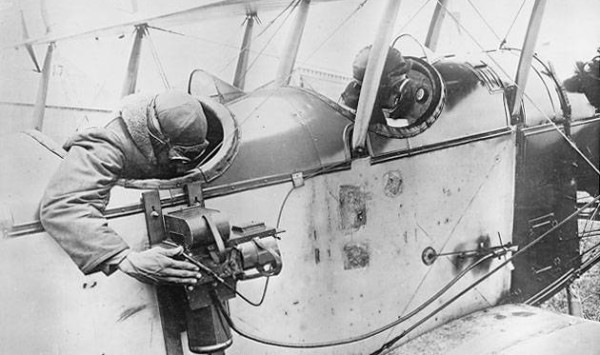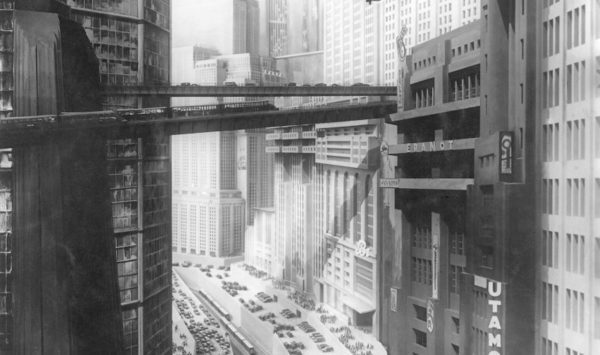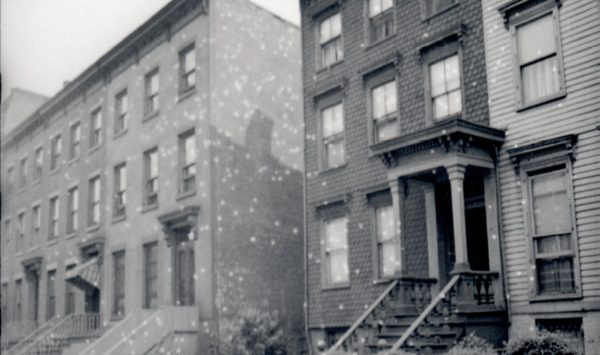FINDING YOUR BROWNSTONE – IN 1924

******************************************************************************************************************************** Brownstone Detectives investigates the history of our clients’ homes. The story you are about to read was composed from research conducted in the course of one of those investigations. Do you know the history of YOUR house? ******************************************************************************************************************************** Have you ever wondered what your neighborhood looked like in 1924? Or 1951? Or 1996? Aerial photography exists of all of New York City’s neighborhoods and is available to view (and zoom in on!) for free just by visiting NYC Map (a service of the City of New York). Simply type your address in the box at the top of the page and click “Search.” Then – in the upper right hand corner of the map – click on “Map Type,” and select the year you would like to view. Here is a view of Stuyvesant East in Bedford-Stuyvesant (showing Saratoga Park) in 1924. As you might have guessed, you won’t be able to see the expressions on peoples’ faces with this imagery, but it will give you a good indication of what your neighborhood looked like in any of these years. For comparison’s sake, here is a view of the same section of Bedford-Stuyvesant (as above) – but for 1996. What differences do you note between the two pictures? Comparing the two maps, you can see some obvious changes. Other than the fact that the second image is in color and was apparently taken in the winter time, if you look closely, you can see how whole swaths of brownstones […]
BROOKLYN DREAMS OF ELECTRIC SHEEP (1903)

******************************************************************************************************************************** Brownstone Detectives investigates the history of our clients’ homes. The story you are about to read was composed from research conducted in the course of one of those investigations. Do you know the history of YOUR house? ******************************************************************************************************************************** In 1903, the Brooklyn Daily Eagle printed a fantastical futuristic story that gave insight into what Brooklyn’s imaginative residents may have suspected was the future for their borough. Entitled, “Brooklyn in 1999,” it was subtitled, “When Electricity Has Gone Out of Fashion and the B. R. T. Has Air Line Franchises” – a hopeful nod at the speed of progress, as well as a cynical snipe at how, ironically, “nothing ever really changes.” Like most “dreams” of the future, this one was rather reflective of the then-present, albeit including the compulsory automatic-everything and instantaneous air travel. One thing is a certainly, and that was the 1903 Brooklynite’s token view of “the help,” which was, in this case, the omnipresent Irish kitchen girl, who lives on in the form of an automaton with a fairly common Irish name… ********************************************************************************************* “The iron bridget’s out of order again this morning,” complained Mrs. Bobbidge, as her husband came out to the diningroom in his dressing gown and slippers. “Bother!” was Mr. Bobbidge’s remark. “This’ll make the fourth morning this month that I have been late at the office. He glanced at the clock. It was half past 10. He had only half an hour in which to get his breakfast and reach his desk. “We’ll […]
THE “GOODFELLAS” OF CUMBERLAND STREET

One of the Brownstone Detectives’ first House History Books, No. 231 Cumberland Street: The Story of a House, tells the story of an 1852 antebellum frame home just steps from Fort Greene Park. It’s an action-packed tome, replete with treachery, “poudrette,” “small art,” SROs, and the gangland figures from “Goodfellas.” Here is a brief timeline of the history of this single landmarked property, matched up with “spreads” from the book: THE HISTORY OF A BROOKLYN HOUSE The land beneath which No. 231 would someday rise, started out as a tobacco farm owned by the first Italian immigrant to New York, Pietre Cesare Alberti. The farmland would eventually be built upon in 1851-2, when builder John Ross constructed a row of three homes there. First owned by a woman with a tragic history, a melodrama involving treachery, another man, and an infant daughter – which became the gossip of the newspapers of the time – No. 231 was rented out throughout the the 1850s and 1860s, in addition to many returning Civil War veterans, to merchants and their small families. One of those merchants featured prominently in the founding of the Lafayette Avenue Presbytery Church. Before this, however, he had begun his interesting career as a Night Soil Man – starting a company which, amongst other “agricultural” endeavors, collected human excrement from the backyard privvies of Brooklyn, selling this “compost” to Long Island farmers as the appropriately – if euphemistically – named “poudrette.” The property was then owned by an immigrant, […]
